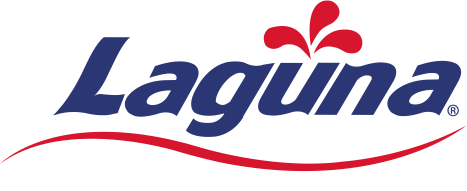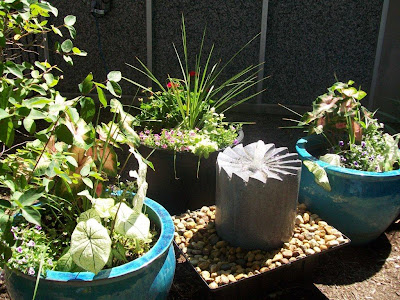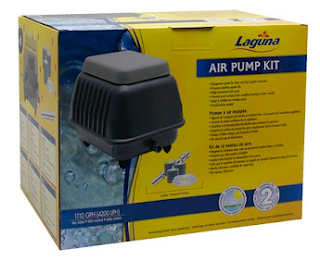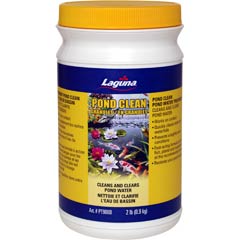Summer is not quite over yet, but you may have noticed that the days are getting shorter, nights are cooler, and leaves are starting to change colours in some areas.
All telltale signs that autumn is just around the corner.
Now’s a good time to start making a checklist of things you’ll need to ensure that you’re prepared to handle all the tasks related to transitioning to autumn, which will make winterizing so much easier later on.
Your checklist should include the following:
- Pond thermometer
- Pond netting
- Pruning tool, nets & skimmers
- Air pump, aeration kit, pond de-icer
- Fish Food for Fall Feeding
Water Temperature
Since water temperature plays a huge role, especially if you have fish, it’s always a good idea to check if your pond thermometer is working properly. Water temperature is your cue to when you should switch to feeding fish food specially formulated for fall feeding. More about this below.
Pond Netting: an ounce of prevention is worth a pound of cure
One of the best ways to make maintenance easier is to place Laguna Pond Netting over your water garden to capture falling leaves. This way, you don’t have to toil as hard later on to collect scattered leaves, especially those in the deep end.
 |
| Pond Netting |
Pruning tool, nets & skimmers
Ensure that you have the proper maintenance equipment to get the job done. A pruning tool is excellent for trimming plants. Nets are perfect for handling fish, skimmers are ideal for capturing surface debris.
Air pump, aeration kit, pond de-icer
Take stock of your winterizing equipment and ensure that all is working well for the upcoming winter season.
Fish Food for Fall Feeding
As mentioned above, tracking water temperature is critical heading into colder weather. Pond fish have special nutritional needs when the air cools and the water temperature gets into the 8° to 10° C (47° to 50° F) range – they need more wheat germ in their diet. So make a mental note to pick up a bag of Laguna Spring/Fall Fish Food with Wheat Germ.
If you follow all the above recommendations, you’ll be well on your way to making a seamless seasonal transition. In the meantime, enjoy the rest of the summer!






















